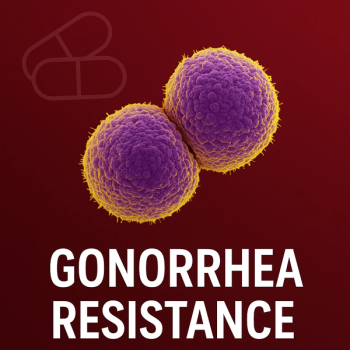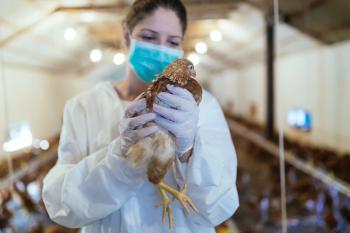
Where Should HIV Research Be Focused in the Future?
The key to meeting the Joint United Nations Program on HIV and AIDS (UNAIDS) benchmark may be to combine discrete areas of research into a more cohesive strategy.
The medical community has made incredible strides in the treatment and prevention of HIV over the past couple of decades, but there is plenty more to be accomplished. How can researchers meet the Joint United Nations Program on HIV and AIDS (UNAIDS)
The gaps in HIV prevention and treatment are real, says Carl W. Dieffenbach, PhD, director of the Division of AIDS at the National Institutes of Health’s (NIH) National Institute of Allergy and Infectious Diseases (NIAID). “You have a large number of HIV-infected individuals that are able to access treatment, and you have a large number who aren’t,” he told Contagion®. “In the meantime, you have this ongoing level of transmission that’s going on around the world. We still need to do something to protect the HIV-negative people.”
According to Dr. Dieffenbach, a preventive vaccine would be, as he put it in a recent
“The vaccines we have either have just entered or are about to enter clinical trials,” Dr. Dieffenbach stated, adding that we’ll still be dealing with only a predicted 50% to 60% level of efficacy that might be achieved. He would like to see clinical trials that combine various prevention and treatment strategies such as one that tests both an HIV vaccine along with effective monoclonal antibodies, or one that might add adult male circumcision to the mix, as that procedure has been shown to offer a 60% to 65% rate of protection from transmission to young heterosexual men in Africa.
“PEPFAR [the government initiative to help stamp out AIDS worldwide] has made adult male circumcision one of their cornerstones,” Dr. Dieffenbach told Contagion®. “But not every culture can be accepting of this as a strategy.” Circumcision works to prevent the transmission of HIV because the foreskin contains cells that are particularly receptive to the virus.
One particular trial Dr. Dieffenbach is enthusiastic about is the
The important thing, he stressed, is that the scientific community develop the methods to eradicate HIV and then join up with organizations that can help them implement them in the years to come. “We’re about the innovation, but then we’re about handing off the new, cool tool to the right partners,” he said.
Laurie Saloman, MS, is a health writer with more than 20 years of experience working for both consumer and physician-focused publications. She is a graduate of Brandeis University and the Medill School of Journalism at Northwestern University. She lives in New Jersey with her family.
Newsletter
Stay ahead of emerging infectious disease threats with expert insights and breaking research. Subscribe now to get updates delivered straight to your inbox.


















































































































































































































































































